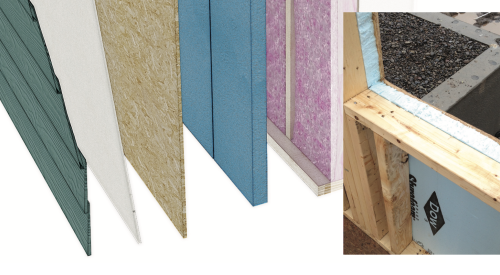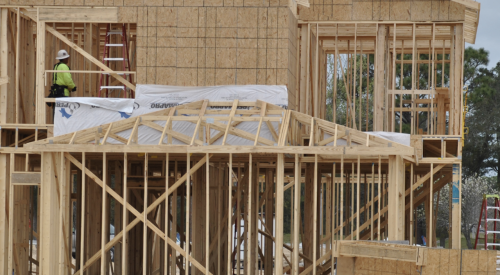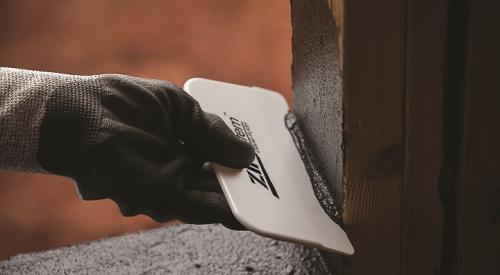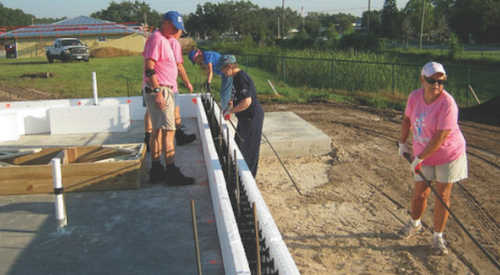When addressing the increasingly stringent new building codes, avoid overlooking the simple solutions that can directly contribute to sustainable, energy-efficient building performance. For today’s building professionals, the popular saying holds true: work smarter—not harder.
One simple and effective solution I recommend incorporating into the building process is joint tape. Today’s joint tape products represent a high-impact, low-cost solution that can help meet new energy code requirements.
If the sheathing joints on extruded polystyrene (XPS) insulation are secured with joint tape, it can establish a highly-effective weather-resistant, air and moisture barrier. Continuous insulation (ci) reduces thermal bridging in wood and steel stud wall assemblies. Incorporating joint tape as part of the ci system enhances thermal and moisture resistance, preventing damage by minimizing intrusion of unconditioned, moisture-laden air into the wall assembly.
When installed correctly, joint tape provides a secondary layer of external moisture resistance behind the cladding to protect the building. To achieve maximum joint tape performance, install on smooth, clean, dry surfaces that are free of contaminants when outdoor temperatures are above 0° F and below 120° F.
Selecting Joint Tape Sealant
When selecting a joint tape product for your project, find a solution that offers excellent adhesion and strength as well as handleability and flexibility. This balance allows significant elasticity and durability so the tape adjusts along with other materials as the building expands and contracts, avoiding gaps in the weather barrier.
Finally, to achieve the optimal weather resistance and overall thermal performance check to make sure the joint tape solution you are working with has been tested and proven to meet criteria for water-resistive barriers as defined by AC71 November 2013. It also should qualify as a continuous air-barrier material as required in ASHRAE 90.1-2013, Section 5.4.3.1.3 (a) and/or as part of an ASTM E2357 tested air-barrier assembly per ASHRAE 90.1-2013, Section 5.4.3.1.3 (b).
With these factors in mind, working with joint tape can help you optimize goals of maximizing energy efficiency and providing comfort in homes or commercial buildings.










